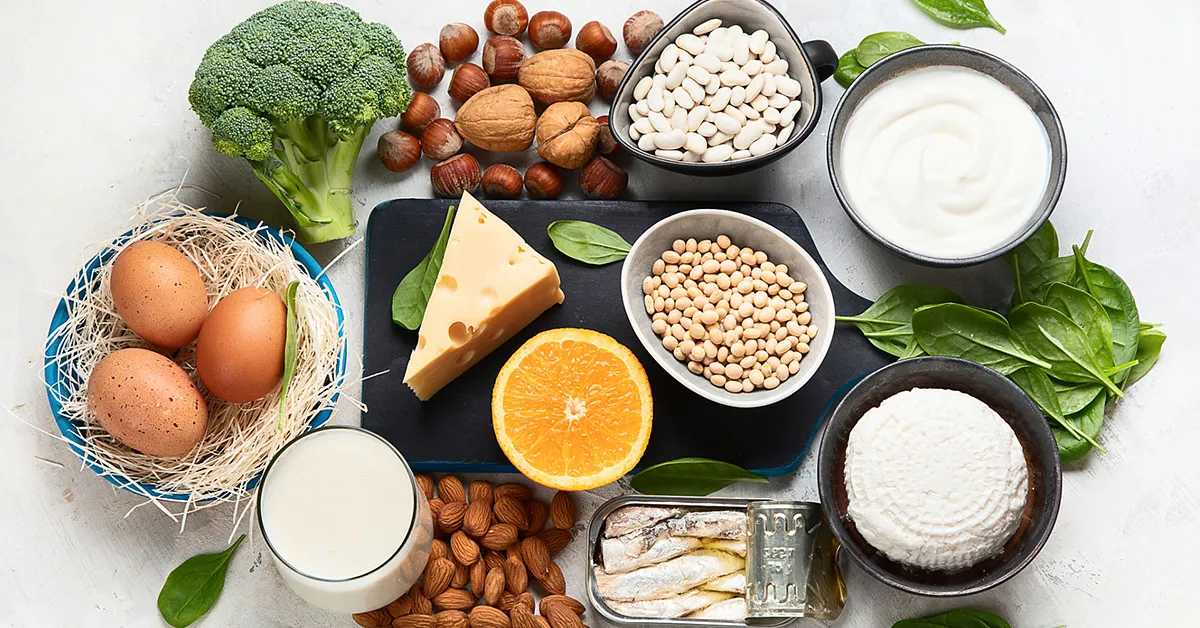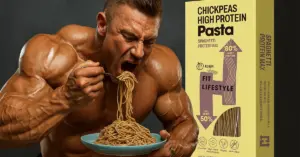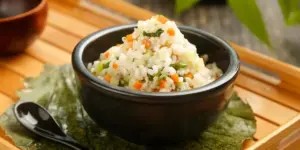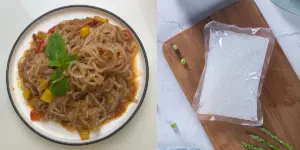People who love carbs but keep blood sugar stable all do this.
For carb lovers, if they don’t have bread, hamburgers, rice, or noodles in a meal, it’s like they haven’t eaten anything at all.
But if you only consume carbs alone, such as quickly finishing a hamburger, a bowl of noodles, or a piece of cake, you will soon start yawning, and even your mood will fluctuate with your blood sugar. This is neither healthy nor comfortable.
Here I would like to share with fellow carb lovers a healthy and happy way to enjoy carbs: when enjoying carbs, add a layer of clothing to them!
What does it mean?
That is, while consuming carbs, eat some protein, dietary fiber, or healthy fats to better keep blood sugar stable and maintain a feeling of fullness.
Consuming carbs alone can cause blood sugar to go through a roller coaster
- Starches: such as rice, wheat, oats, potatoes, sweet potatoes, corn, and chickpeas.
- Sugars: such as fructose in fruit juice and sugar added to any sweet food.
In nutrition, based on the degree of polymerization of carbs (that is, how many “monosaccharides” are connected), dietary carbs can be divided into:
- Sugars (1-2 monosaccharides)
- Oligosaccharides (3-9 monosaccharides)
- Polysaccharides (≥10 monosaccharides)
Classification | Subgroup | Composition |
Sugar(1~2) | Monosaccharides, Disaccharides, Sugar alcohols | Glucose, galactose, fructose; sucrose, lactose, maltose, trehalose; |
Oligosaccharides(3~9) | Maltooligosaccharides, Other oligosaccharides | Maltodextrin; raffinose, stachyose, oligofructose |
Polysaccharides(≥10) | Starch, Non-starch polysaccharides | Amylose, amylopectin, modified starch; Glycogen, cellulose, hemicellulose, pectin, hydrophilic colloids |
Therefore, whether it is starch or sugar, these carbs we eat are essentially sugars of different molecular weights.
Refined carbs, such as white bread, toast, white rice, pizza, donuts, and hamburgers, which we consume daily, are primarily composed of starch.
Starch is a polysaccharide composed of a large number of glucose molecules connected by glycosidic bonds. After entering the intestine, it will be quickly broken down into monosaccharides such as glucose under the action of enzymes.
These small-molecule sugars can be absorbed by intestinal epithelial cells and quickly enter the blood circulation, causing a rapid rise in blood sugar levels.
However, brown rice is preferable, as it retains the rice bran and germ, and is rich in dietary fiber. It is like the carbohydrates have put on a layer of clothing for themselves, so the digestion and absorption process is delayed, and the blood sugar response is much smoother than eating refined carbohydrates directly.

Delayed absorption ≠ eating less; it's eating smart.
Many people choose to “cut carbs” out of fear of high blood sugar, but this approach can easily lead to overeating or emotional eating. In contrast, the “clothing carbs” strategy is more suitable for long-term implementation and does not cause psychological pressure.
Compared with not eating rice at all and drinking a cup of sugar-free yogurt or a portion of chicken breast before a meal, the second way is easier, keeps you full longer, and is less likely to gain weight again.
Eating carbs directly means that your body will experience dramatic ups and downs in the process of [blood sugar spike → insulin surge → blood sugar drop], and people will feel more tired.
So, how can we enjoy carbs in a pleasant and relatively healthy way?
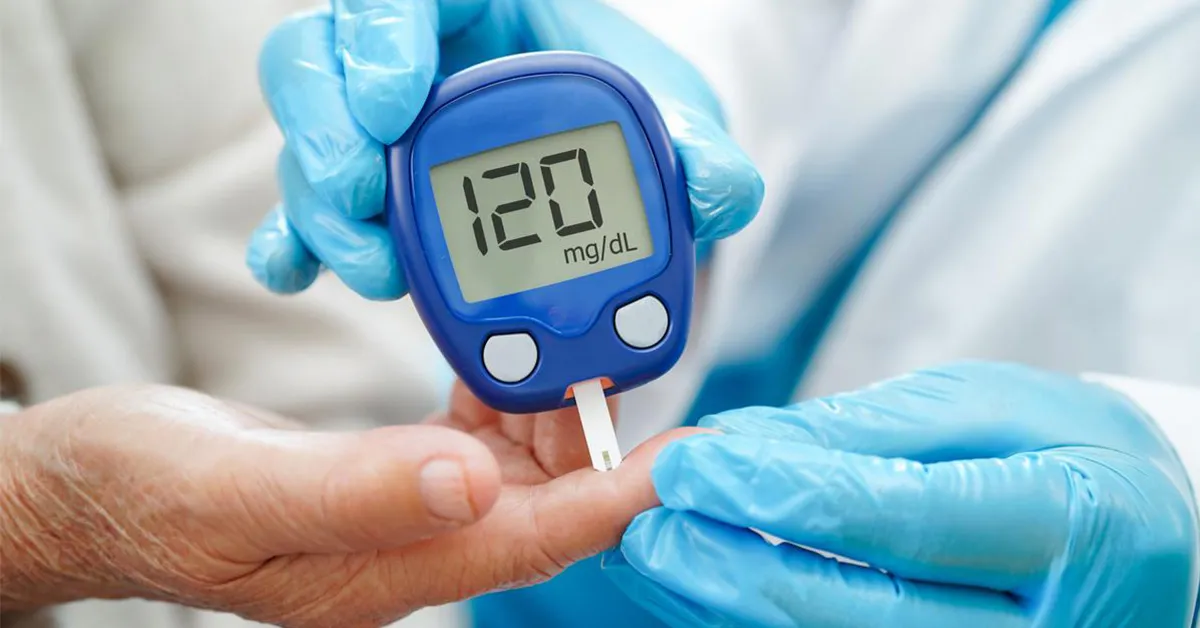
Solution: Give carbs a “clothing”!
While consuming carbs, eating some protein, dietary fiber or healthy fats to add a layer of clothing to the carbs is equivalent to artificially intervening in the digestive rhythm of the intestines and setting up a buffer zone for the absorption of sugars.
This “clothing” can specifically refer to:
- Protein: Examples include fish, meat, eggs, tofu, milk, and high-protein noodles.
- Dietary fiber: Examples include vegetables, whole grains, beans, and konjac noodles.
Healthy fats:
Monounsaturated fatty acids: Food sources: avocado, olive oil, camellia oil, avocado, almonds, peanuts, sesame seeds, hazelnuts, etc.
Polyunsaturated fatty acids: Food sources: Omega-3: salmon, mackerel, flax seeds, walnuts, etc. Omega-6: sunflower oil, soybean oil, corn oil, sesame oil, etc.
Eating some protein or high-quality fat in advance is like giving the body a heads-up, creating a nutritional preload.
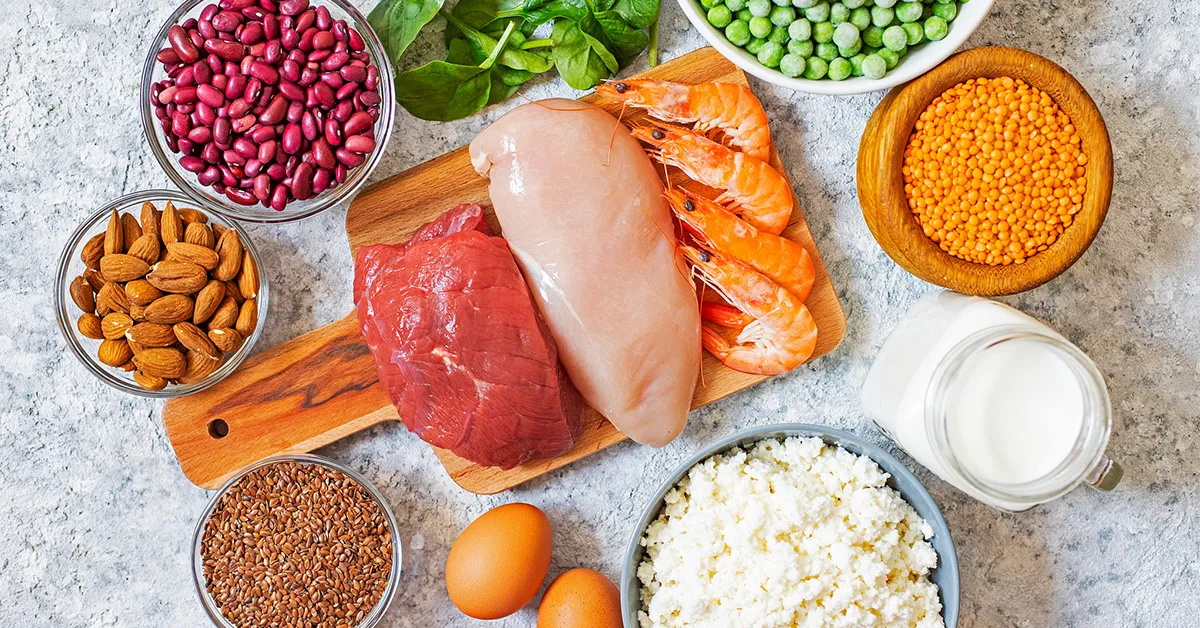
A Japanese study proposes a “sequential eating method”: start with vegetables, followed by protein, and finish with carbohydrates.
The findings indicate that this approach can reduce post-meal blood sugar spikes by 30% to 40% and nearly double feelings of fullness.
This preemptive approach can stimulate the secretion of a variety of hormones in the body that help keep blood sugar stable, such as:
- Insulin: Promotes glucose entry into cells, lowering blood sugar.
- GLP-1 (glucagon-like peptide-1): Delays gastric emptying while enhancing insulin secretion.
- GIP (gastric inhibitory peptide): Also stimulates insulin secretion, helping regulate blood sugar stability.
The activation of these hormones can effectively reduce the drastic fluctuations in blood sugar after meals, both in healthy people and in patients with type 2 diabetes.
Consuming a certain amount of dietary fiber can prolong gastric emptying time, increase satiety, and slow down the intestinal absorption of carbs, thereby smoothing the curve of rising blood sugar.
The glycemic index (GI) of food is a physiological parameter of food and an effective indicator to measure the postprandial blood sugar response caused by food.
For example, the same bread has different dietary fiber content and the GI will vary greatly:
- White bread, which has little dietary fiber, can have a GI of 88, making it a high-GI food.
- Bread containing mixed grains is richer in dietary fiber and has a GI of only 45.
- Bread containing 70% to 80% barley grains has a GI of only 34, making it a low-GI food.
Many studies have shown that consuming dietary fiber in advance is not only beneficial for smoothing blood sugar fluctuations, but long-term persistence can also bring various health benefits, such as assisting weight loss and reducing the risk of cardiovascular disease.
When eating carbs, you don’t have to wear clothes for every serving of carbs. You can choose carbohydrate combinations that match your taste according to your preferences and the type of carbs, and you can put together a relatively healthy light meal or afternoon tea.
The following table provides some ideas for reference:
Carbohydrates | Clothing: Dietary fiber/Protein/Healthy fats |
White rice | Oil-free chicken breast + blanched lettuce |
Cake | 1 cup low-fat unsweetened yogurt + 1 handful of plain nuts |
Half-sweet milk tea | 1 sugar-free protein bar + 1 bowl of cherry tomatoes |
Juice | 1 block of low-salt cheese + 1 cucumber |
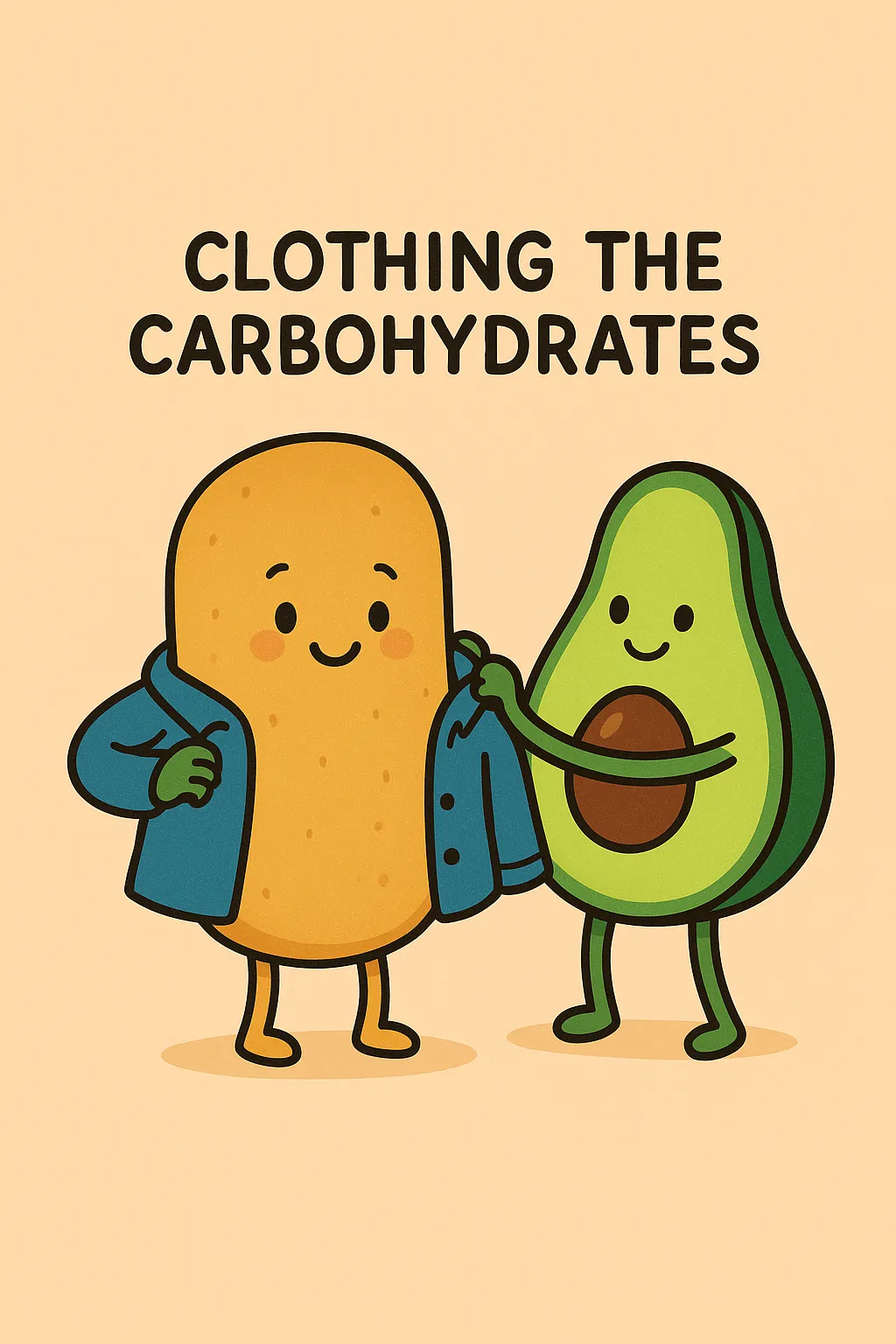
Taking a 10-minute walk after a meal is also a layer of "invisible clothing"
Many people don’t realize that a brisk 10-minute walk after a meal can be as effective as dietary fiber in keep blood sugar stable.
The Italian tradition of a casual walk after meals, known as the “Passeggiata,” is one of the reasons why Italians, despite consuming a high intake of carbohydrates, have a relatively low incidence of diabetes.
Carbs are not a terrible thing. Learning to eat them wisely and in combination can provide your body with an extra layer of protection.
Next time you enjoy your main meal or indulge in dessert, remember to start with protein, fiber, or healthy fats first. Pairing foods scientifically leads to more stable blood sugar, longer-lasting fullness, and a lighter, more comfortable body.
In short, our goal is to let the joy of carbs stay with us for the long time, with as little burden as possible.
References
[1] Chinese Nutrition Science Encyclopedia (Second Edition) https://imarket.qq.com/read/1041816475/42
[2] Dietary instructions focusing on meal-sequence and nutritional balance for prediabetes subjects: An exploratory, cluster-randomized, prospective, open-label, clinical trial https://www.sciencedirect.com/science/article/pii/S105687271930621X?via%3Dihub
[3] Eating vegetables before carbohydrates simulates postprandial glucose excursions https://onlinelibrary.wiley.com/doi/epdf/10.1111/dme.12073?getft_integrator=sciencedirect_contenthosting&src=getftr&utm_source=sciencedirect_contenthosting
[4] Research progress on the hypoglycemic effect of dietary fiber in diabetes. Journal of Food Safety and Quality. 2021.6 https://www.cabidigitallibrary.org/doi/pdf/10.5555/20210314181
[5] Chinese Food Composition Table (Standard Edition) 6th Edition, Vol. 1, p. 326

